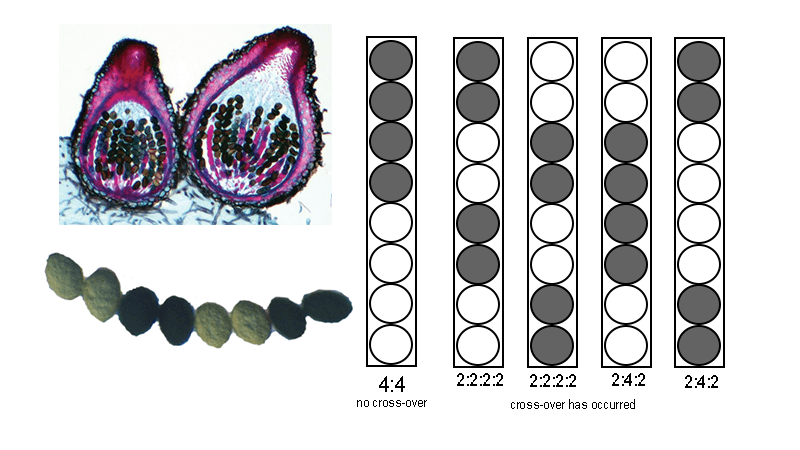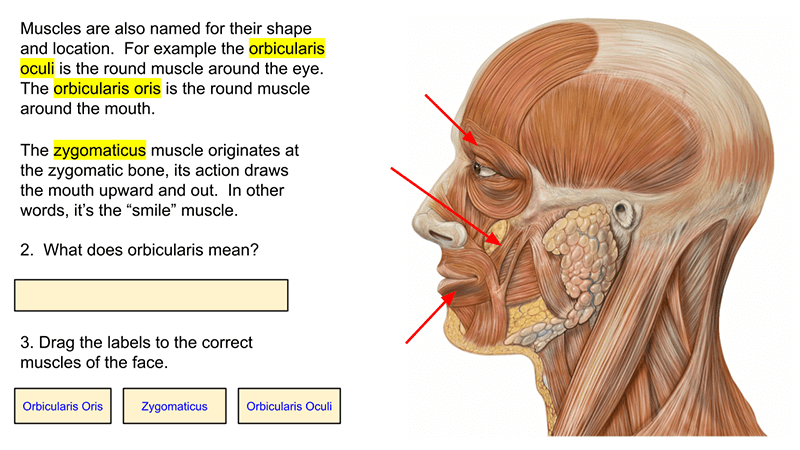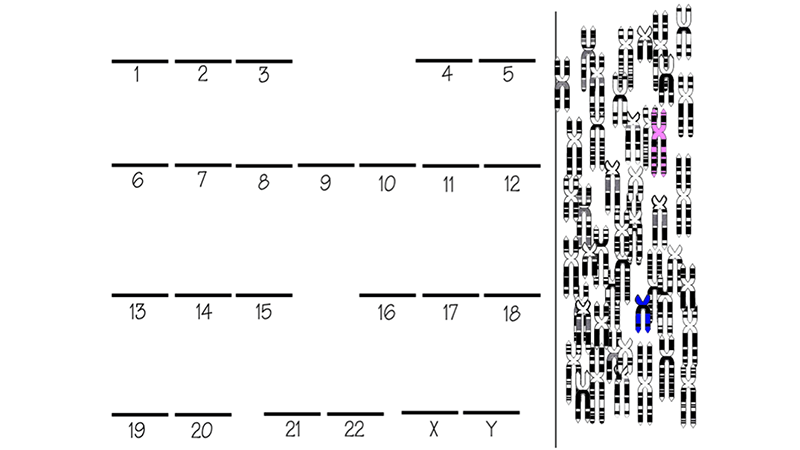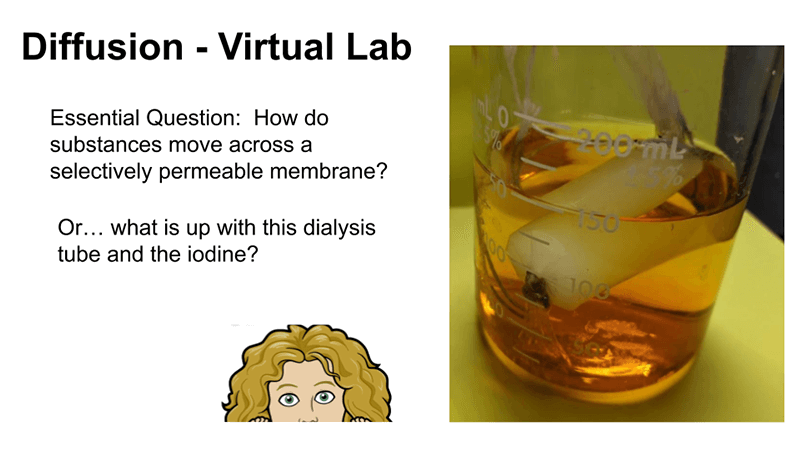Search results for: “US”
-
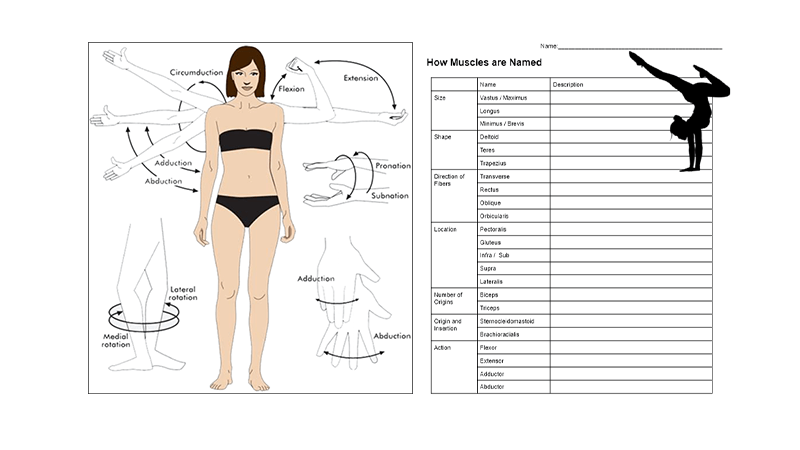
Muscles Are Named Based on Shape and Movement
Students complete a chart that describes common words used in muscle naming, like maximus and brevis.
-
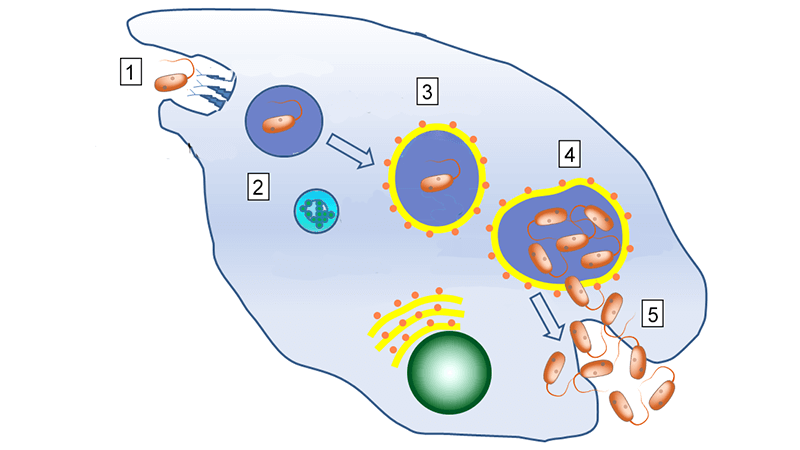
How Do Legionella Bacteria Cause Disease?
Analyze a graphic that shows how legionella bacteria are taken up by cells through phagocytosis and reproduce in the phagosome.
-
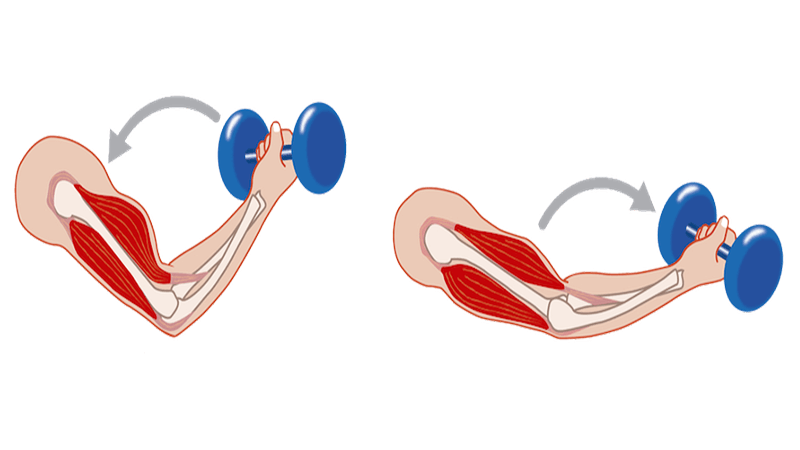
Flex Your Muscles! A Close Look at the Biceps
Students explore how muscles contract with a focus on the biceps and triceps. They learn how muscle work by labeling diagrams and answering questions.
-
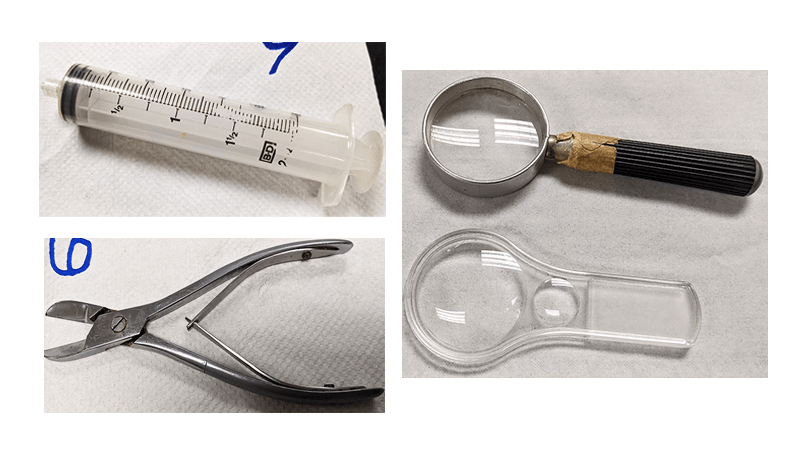
Lab Introduction – Identify Equipment and Uses
Introduce students to lab equipment with this station activity. Students examine items, like a beaker, and write down the name and functions of each.
-
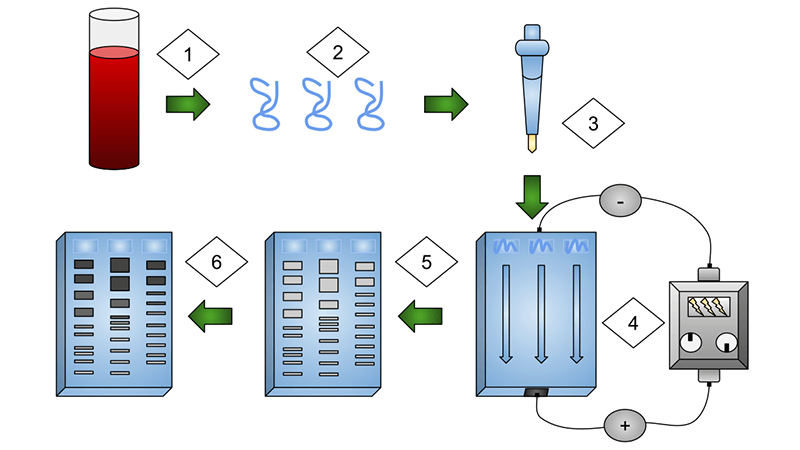
How DNA Fingerprints Are Used to Solve Crimes
Students learn how DNA fingerprints are made using gel electrophoresis. They identify which suspects match the DNA evidence.
-
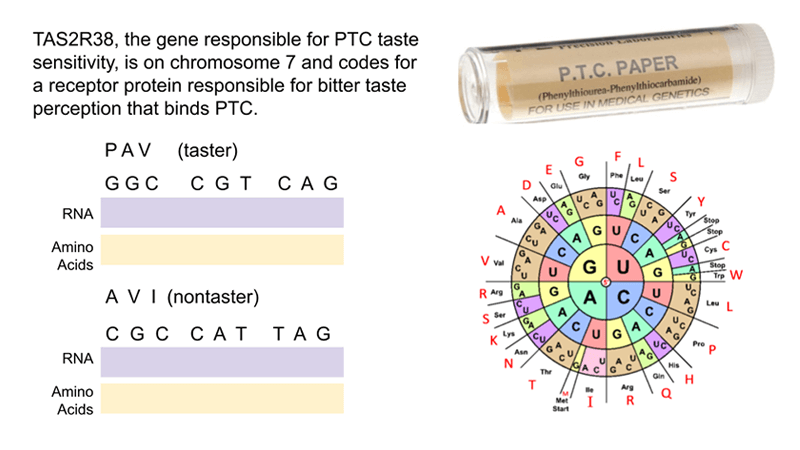
DNA Lesson Using PTC as an Anchoring Phenomenon
Describes how using anchoring phenomenon can improve lessons on teaching DNA and how the sequence of DNA determines structure and function.
-
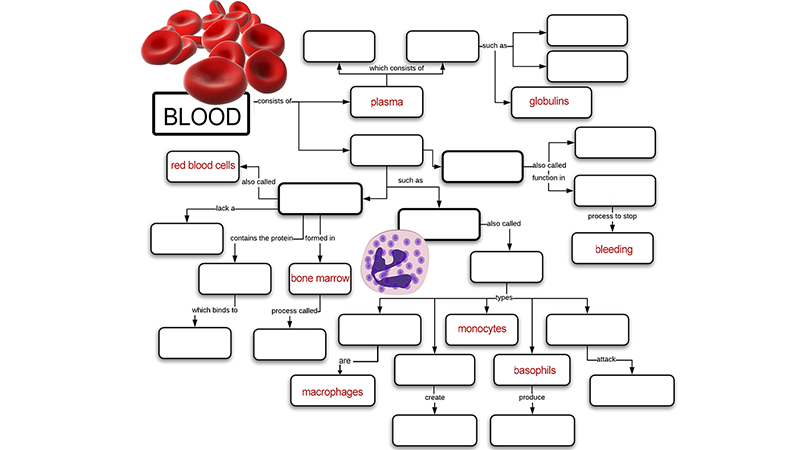
Learn about the Blood Using Graphic Organizers
Students use graphic organizers to learn about the types of blood cells and their functions. Student either complete a concept map or design their own.
-
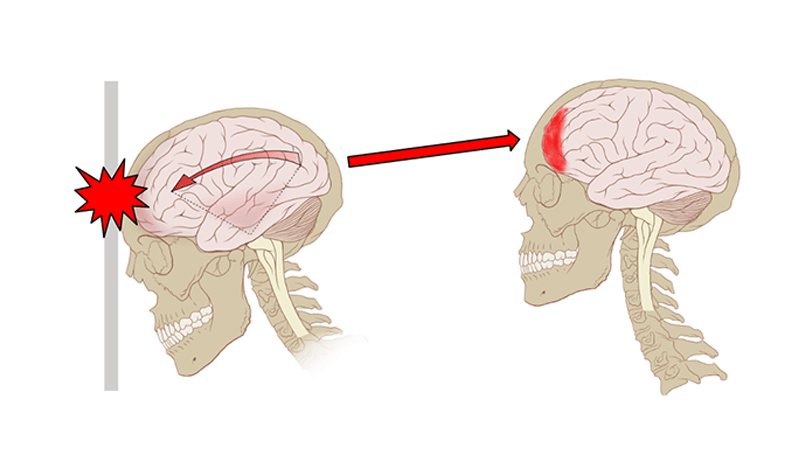
Investigation: Concussions
This investigation is completed by watching videos and analyzing data on concussions. Students first watch a Ted-Ed video on what happens when you have a concussion. The digital handout contains questions from the video. Students then visit neuroanatomy.ca where they view coronal brain slices. Then they label an image and compare a normal brain versus…
-
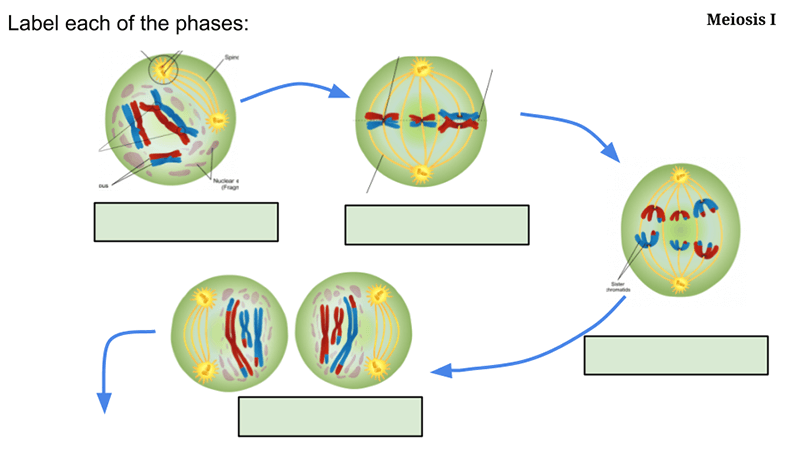
Modeling Meiosis and Independent Assorting Using Slides
Meiosis is a difficult topic for beginning biology students. There’s a lot going on in the cell to ensure that each new gamete receives half the DNA of the parent cell. In addition, each new cell is completely unique. This is the result of independent assortment and crossing over. Lessons on meiosis generally involve labeling…
-
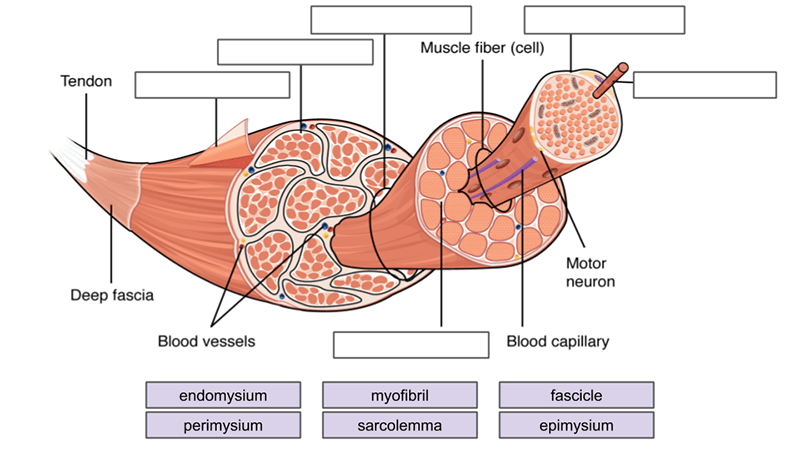
Muscles Labeling
This activity is aligned to my anatomy and physiology curriculum where students study the structure and function of muscle tissues. This has been a challenging topic to cover remotely because I can’t use traditional models. Typically, I would use straws and rubber bands to model fascicles and myofibrils. This activity is part of a unit…
-
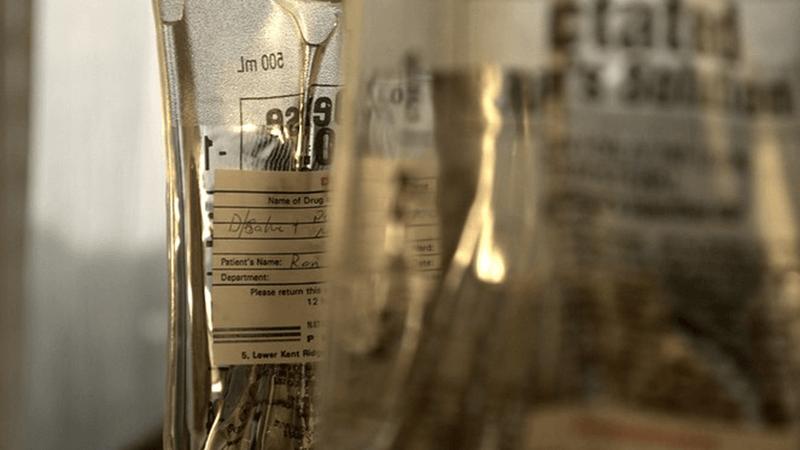
Medical Errors – Don’t Use Pure Water Intravenously
I created this mini case study from a story about a patient given sterile water instead of saline in an intravenous drip solution. Students should probably have a learned about tonicity (hypertonic, hypotonic, and isotonic) before attempting this activity. The worksheet describes a scenario where a patient was hyperglycemic and the doctor ordered water be…


